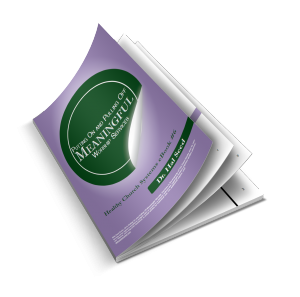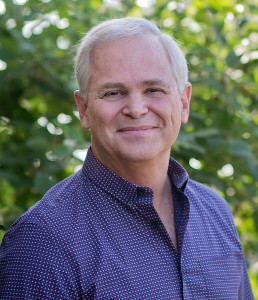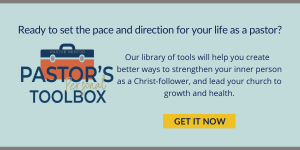
Did you know that you can make a leap in the quality of your worship services just by paying attention to one simple thing?
Usually, we concentrate on finding the songs, videos, and other creative elements for the worship service. The focus is on “the moment” of each element.
What will take your worship service to the next level, however, are the transitions between the elements.
Transitions are like the connectors on a train. Each boxcar can stand alone, but train wrecks happen when no one pays attention to how the cars are attached.
If you neglect to plan for the flow between the elements of your service, your congregation probably won’t call your service a train wreck, but they may have trouble engaging when you don’t move them from one moment to the next.
Who plans transitions? Your worship leader? Yes, and the programming team.
The Programming Team
The Programming Team is so important to my preaching ministry that I try to stop in on their meetings at least four or five times during the year. And I am friends with everyone on this team.
Ideally, this team of men and women who are involved in the production of the service will meet weeks in advance to plan the service. At New Song, our Programming Team meets a minimum of twice a month. They’re usually planning services six weeks out. For big events like Easter, “This Christmas…” and Oasis (our annual leadership conference) they plan at least six months out.
Our Programming Team can usually touch on three events in one planning session. Using the notes I give them on the messages, they often plan two weeks’ worth of worship services and make progress on planning an upcoming major event, or the staging around an upcoming series. During the initial planning of major events, I try to sit in with this team to help supply vision and direction for the event.
Communicating early and often between the pastor and the worship leader and his programming team is imperative for great worship services.
14 Questions for Better Transitions in your Weekend Services
Here are 14 questions your programming team should answer as they prepare for the worship services. Attention to these details is often the difference between a good worship experience and a great one.
1. What’s the theme of the service?
2. Who will forecast the theme? And how?
3. How do the various elements of the service fit together?
4. How does one song flow into another? Will a modulating chord be played, or will the band stop, recalibrate, and start over?
5. Will the worship leader say something, read something, or pray something between songs, or will he or she go straight from one song to the next?
6. Will the podium be pre-set, or will someone bring it on stage as the preacher gets up to speak?
7. If there are lighting changes, how will they be made?
8. If there is a video, drama, choir, or testimony, how will that person or group get on and off the stage?
9. What words or music will lead into them?
10. Who will underscore the announcements, and with what kind of music?
11. How will the announcements person segue to the next element in the service?
12. What kind of musical underscore will take place as the preacher comes to the podium?
13. Will there be an underscore as the preacher concludes his message? If so, when will it start, and how will the underscorer know to start it?
14. What will happen on stage after the closing prayer? Will there be a reprise of the final song, or will we go immediately to recorded “walk out” music?
Yes, the Holy Spirit’s presence is the most important factor in a good worship service. But our attention to detail can be part of God’s gift to the people as they sense and experience his presence.
Now, since we’re here, let me throw in one more way to improve your weekend services.
The Importance of Lighting
Studies have shown the people are 15% more persuadable when the person speaking is well-lit.
While we rely on the Holy Spirit to draw people, Paul says that by all possible means we ought to persuade men (2 Corinthians 5:11) so I believe that if lighting can make a difference, then we ought to employ good lighting. And good sound equipment. And any other technology we are able to bring into the worship experience.
We are always budgeting and upgrading to improve the tech that scaffolds our services.
What’s Next?
We have a tool that will capture these strategies and help you work out how they apply in your situation. You can find it in the Pastor’s Personal Toolbox. It’s a library of our best tools and resources — all in one place. Tap below to learn all about it, and use the 14 questions with your programming team.
 Learn much more about worship planning in my ebook:
Learn much more about worship planning in my ebook:
Putting On and Pulling Off Meaningful Worship Services.
 Hal Seed is the founding and Lead Pastor of New Song Community Church in Oceanside, CA. He mentors pastors who want to lead healthy, growing churches with resources at www.pastormentor.com.
Hal Seed is the founding and Lead Pastor of New Song Community Church in Oceanside, CA. He mentors pastors who want to lead healthy, growing churches with resources at www.pastormentor.com.
Start Here to learn more about the resources available for you at PastorMentor.

Leave a Reply